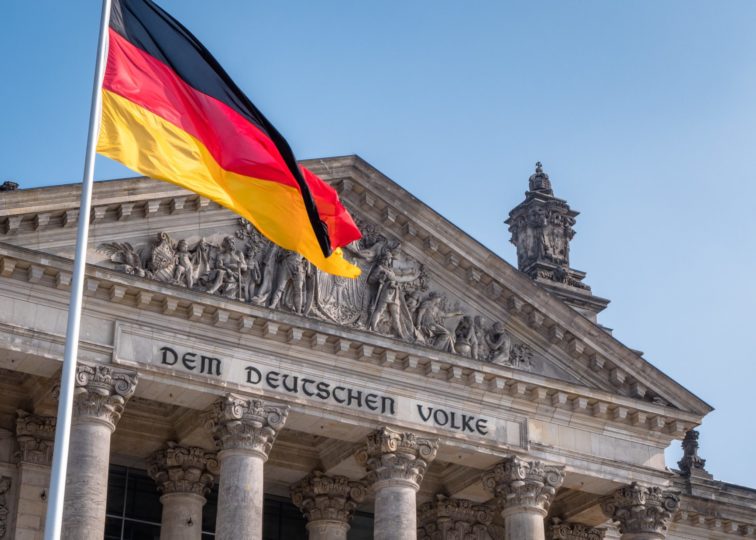
Blog
German Leaders Seek Economic Reboot as Growth Lags
November 8, 2021
Germany has long been Europe’s economic powerhouse, with the nation’s massive manufacturing industry pulling the eurozone out of economic slumps. Now, however, as the world moves beyond the pandemic, Germany finds its economic prospects lagging behind its continental peers.
German manufacturers are struggling amid labor shortages, supply chain disruptions, and skyrocketing energy prices. It is not just pandemic-related disruptions holding back German manufacturing, but long-term changes as well. Chinese businesses, who have long been major customers for German-made industrial equipment, are now direct competitors. There is also concern that German automakers may struggle to adapt to the increasing demand for electric vehicles.
In August, German industrial output was roughly 9% lower than in 2015, according to the European Union’s statistics agency. In that same period, manufacturing output across the whole eurozone has increased by 2%.
The International Monetary Fund has lowered its 2021 growth projections for Germany to 3.1%, down from 3.6%. The organization anticipates that Germany’s economic recovery to fall roughly in line with France and the U.K. through 2022, but then begin to fall behind starting in 2023.
Following an election in September, Germany’s three leading parties are still negotiating the formation of a coalition government, but the parties have already signaled their intention to make the economy less reliant on foreign demand. This would mean raising wages and increasing public investment in the nation’s long-neglected infrastructure, as well as streamlining the bureaucratic planning procedures.
Some economists worry that this economic overhaul carries significant risk. Roughly 30% of all of the nation’s jobs and economic output are tied to overseas demand, and there is concern that the relatively small nation will not be able to generate enough domestic demand to offset dwindling exports. There are also concerns about the nation’s labor force. In the last 16 years, Germany has added 4 million workers, as strong economic growth attracted immigrants and kept older workers employed. The workforce is projected to lose the same amount of workers over the next decade, which will mean higher labor costs putting further strain on German manufacturers.
